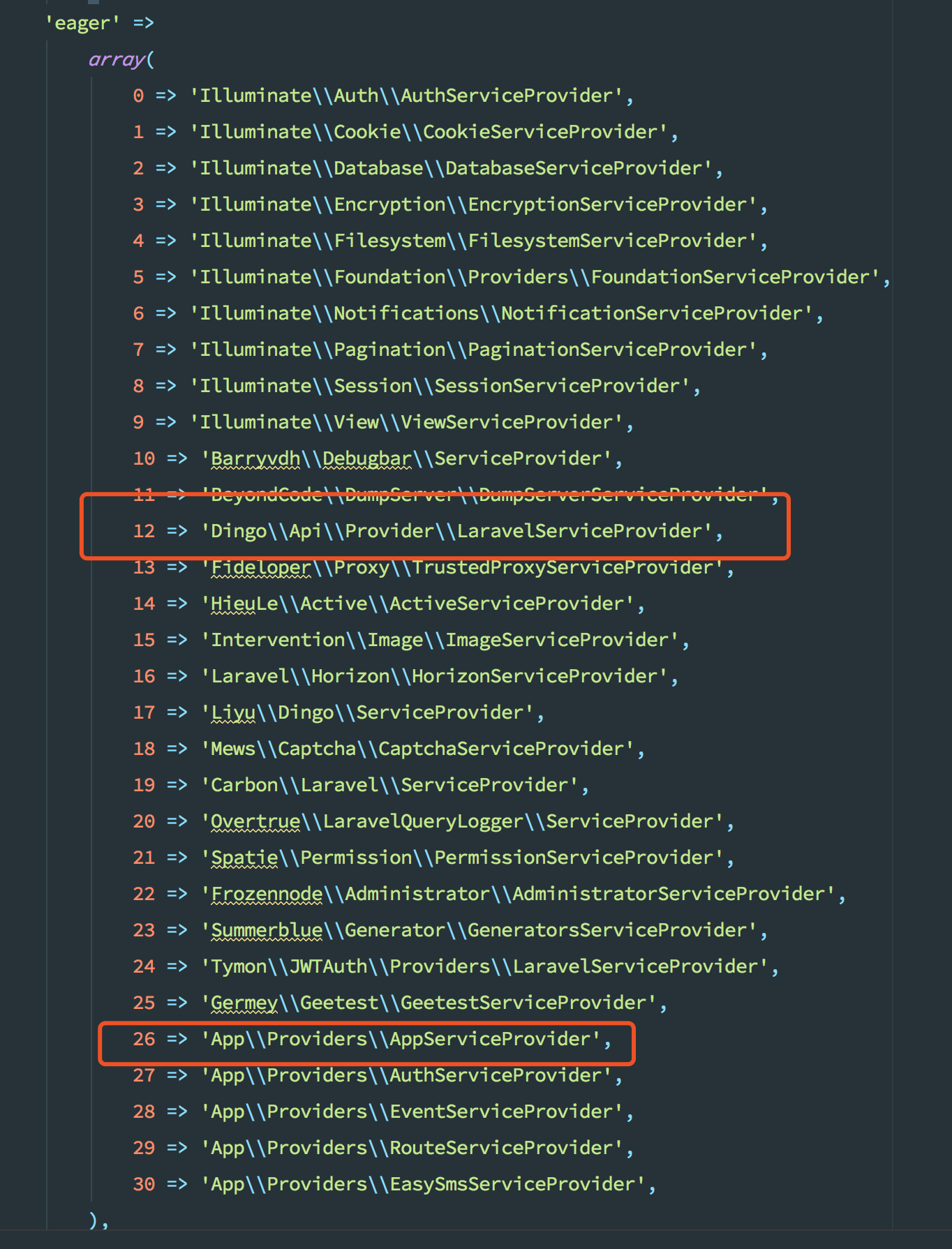在 AppServiceProvider 中添加错误处理时,会报 Class api.exception does not exist 错误
class AppServiceProvider extends ServiceProvider
{
/**
* Bootstrap any application services.
*
* @return void
*/
public function boot()
{
//
}
/**
* Register any application services.
*
* @return void
*/
public function register()
{
//
API::error(function (ModelNotFoundException $exception) {
abort(404);
});
}
}
报错:
尝试过在config/api.php中添加exception配置,但是还是会报这个错误。
config/api.php中的exception配置:
'exception' => [
\Dingo\Api\Exception\Handler::class,
\Dingo\Api\Contract\Debug\ExceptionHandler::class
]








 关于 LearnKu
关于 LearnKu




推荐文章: